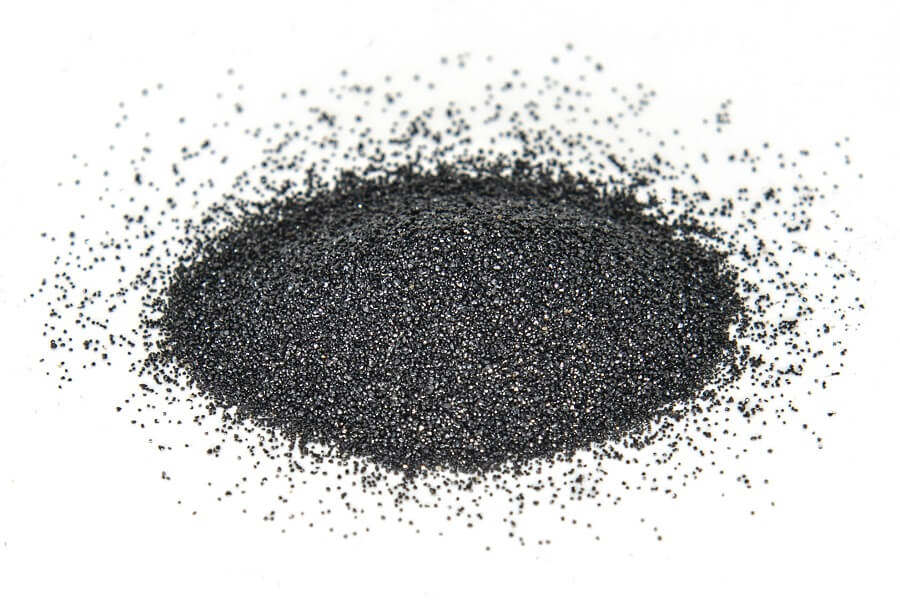Chrome Sand is often used in the moulds for automotive castings, like engine blocks and camshafts, but it is preferred for many other foundry uses because of its resilient characteristics. Chrome Sand is also used as a primary material in the production of green glass, in well fillers, and to augment the refractory fire brick technology in cement manufacturing and a component of making ladle sand
| PHYSICAL PROPERTIES(TYPICAL) | AVERAGE CHEMICAL COMPOSITION(TYPICAL) | ||
| PH | 7-9 | Cr2O3 | ≥46.0% |
| Color | Black | SiO2 | ≤1.0% |
| Acid Amount | ≤2m | Fe2O3 | ≤26.5% |
| Soil% | ≤0.1 | CaO | ≤0.30% |
| Bulk Density | 2.5-3.0g/cm3 | MgO | ≤10.0% |
| Specific Gravity | 4.0-4.8g/cm3 | Al2O3 | ≤15.5% |
| Moisture | ≤0.1% | P | ≤0.003% |
| Sintered temperature | ≥1800℃ | S | ≤0.003% |
| Free Acid | 0 | Cr/Fe | 1.55:1 |
| Filling density | 2.6g/cm3 | ||
| Melting temperature | ≥2180℃ | ||
- Used in a variety of casting moulds with impressive results
- High heat tolerance makes Chrome Sand perfect for many foundry uses
- Minimises the chance of mould penetration
- Resists slag attack
- Can be used with resin bonding systems and inorganic binders
- Compatible with castings that require fast cooling
Specifications
- Melting point of 2150°C
- High refractoriness
- Resistant to thermal shock
- Low thermal expansion
- Low basicity
- Enhanced thermal conductivity
- Resistance to acid slag
- Increased dimensional stability
- Resistance to metal penetration

